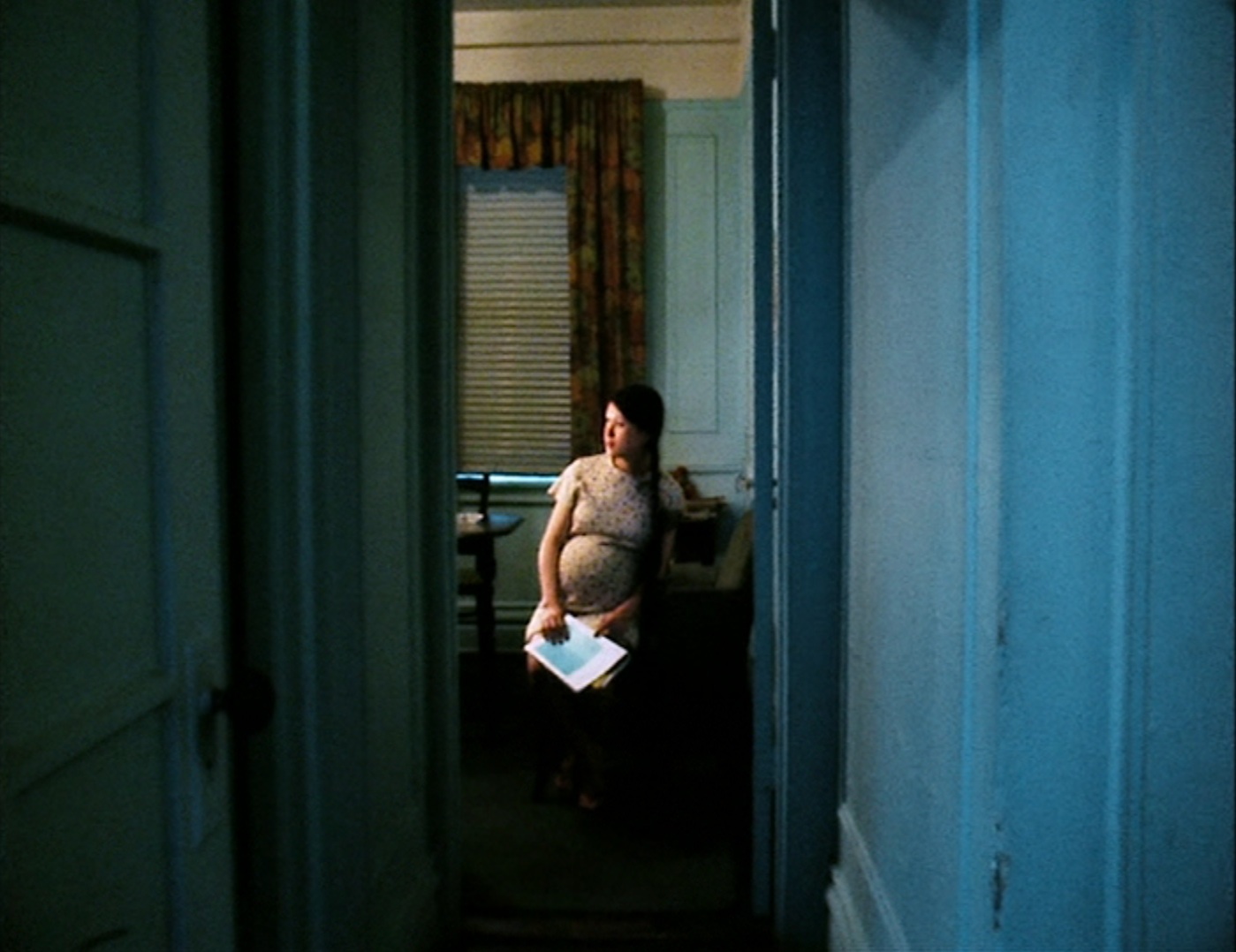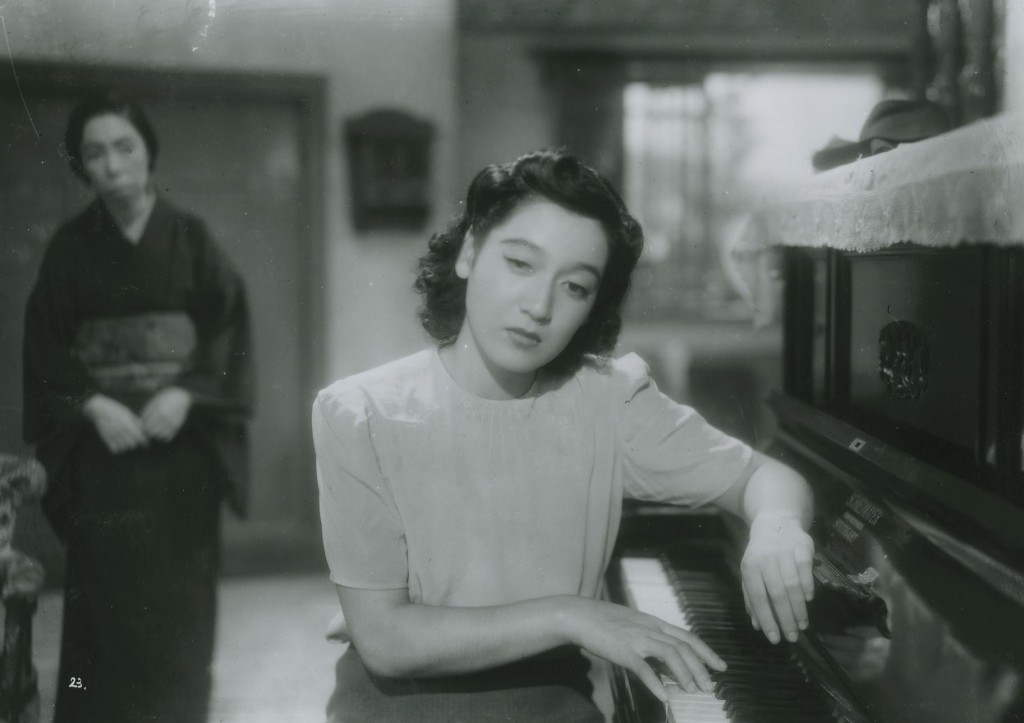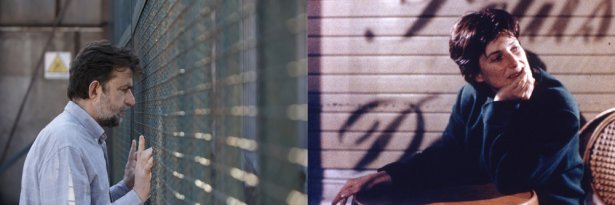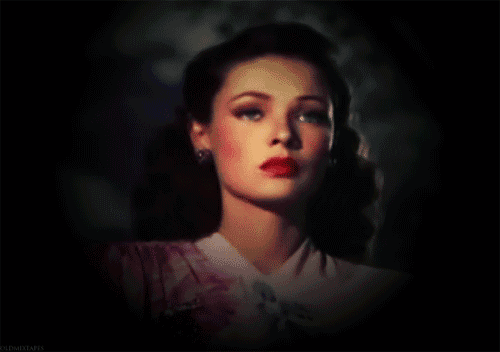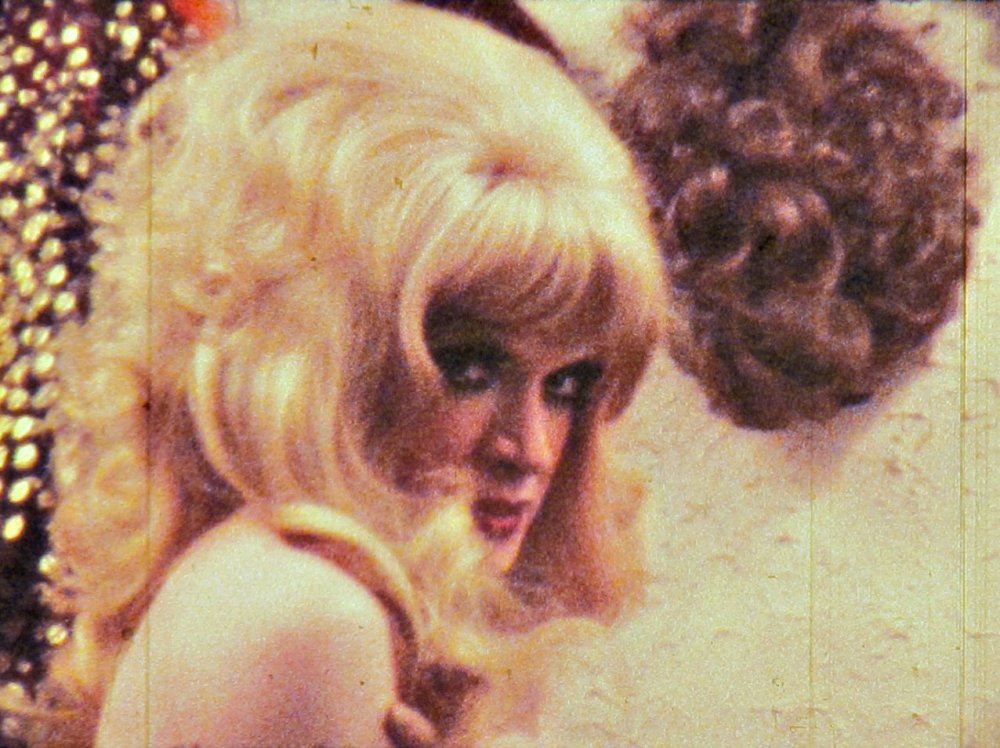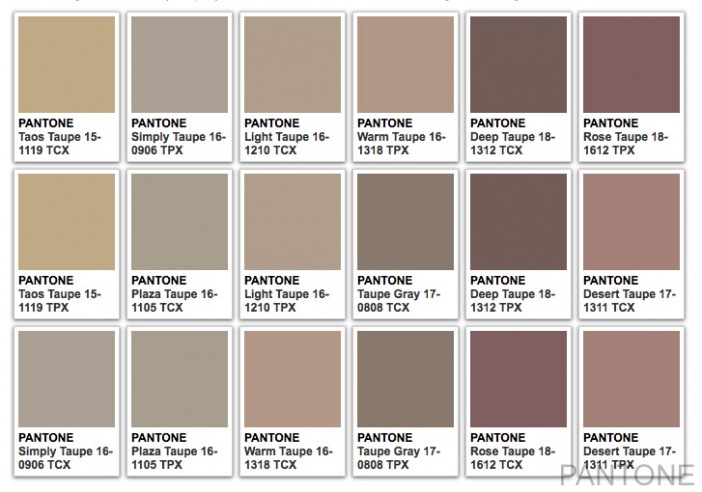LECTURAS DEL MES
I. After six masterpieces together, it is hard not to think of actress Setsuko Hara as Yasujiro Ozu’s embodiment of the postwar Japanese woman. However, it is interesting to put this image up against the role she played years earlier for Akira Kurosawa in No Regrets for Our Youth.
? In the Moment: Setsuko Hara in No Regrets for Our Youth. FILM COMMENT.
II. Certains numéros se construisent étrangement, et on comprend alors que c’est pour ça qu’on fait une revue, lorsqu’on est rattrapé et dépassé. J’étais à l’aéroport lorsque j’ai appris la mort de Chantal Akerman ce triste mardi 6 octobre. Je m’envolais pour l’Italie pour interviewer Nanni Moretti. J’ai tout de suite prévenu Nicholas Elliott parce que je savais qu’Akerman représente pour lui ce que Garrel représente pour moi. Il n’y a pas de hasard, Nicholas faisait l’interprète le soir même pour Philippe Garrel venu à New York présenter L’Ombre des femmes. Le cinéaste nous a fait le plus beau cadeau, un entretien long et important sur celle dont il dit en riant qu’il aurait pu l’épouser. Garrel né en 1948, Akerman en 1950, Moretti en 1953. Une toile se tisse, qui a pour nom “modernité”, pas n’importe quelle modernité, celle des enfants prodiges, qui ont commencé jeunes et qui n’ont cessé de filmer leur vie. Ceux qui ont toujours eu pour boussole moins la beauté, au fond, que la vérité.
III. In 1948, Eastman Kodak introduced a new motion-picture stock that used transparent plastic film made of cellulose triacetate to back the gelatin emulsion. This new base was a replacement for nitrocellulose, the standard material used for film since the dawn of moving pictures. The discovery of an alternative to nitrocellulose that met industry standards for durability and cost-effectiveness was an innovation greatly to be desired, for nitrocellulose—“nitrate,” for short—was notoriously flammable, burning at a combustion rate 15 to 20 times that of wood. In layman’s terms, it blew up real good.
? Blast from the Past. FILM COMMENT.
IV. Le texte ci-dessous est l’oraison prononcée par le rabbin Delphine Horvilleur lors des funérailles de Chantal Akerman, le 13 octobre 2015 à Paris. Ce texte est reproduit ici à la demande de la famille.
? Hommage à Chantal Akerman. TENOU´A.
V. Twin revivals of the 1970s works of Argentina’s Marie Louise Alemann and New Zealand’s Joanna Margaret Paul joined new highlights from Tacita Dean, Sarah Turner, Vivienne Dick, Mike Kuchar, Jennifer Reeder and more in this year’s LFF experimental allsorts.
? Bodies and film: Experimenta 2015 at the London Film Festival. SIGHT & SOUND.
VI. The Universal Story Generator exists. He lived in France in the second half of the nineteenth century, and Sandra Smith’s fine new selection and translation of his stories has just been published. The writer in question is Guy de Maupassant, who’s second only to Shakespeare in his inspiration of great movies. Adaptations of Maupassant’s stories are in the front rank of directorial artistry—and their theoretical implications are even greater than their achievements.
? The Writer Who Sparks the Finest Movie Adaptations. THE NEW YORKER.
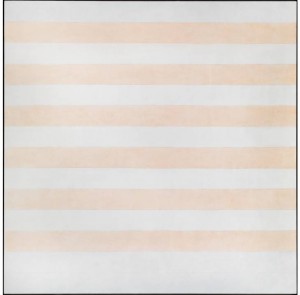 VII. Colour expert and executive director of the Pantone Colour Institute, Leatrice Eiseman, delves into Agnes Martin’s palette. As a colorist with a specialty in the psychology of colour, delving into artists’ works, especially their rationales for their colour choices, has always fascinated me. Agnes Martin’s work is particularly compelling, as her style has evolved dramatically over the years, imparting meaningful insights and clues into her choice of colour.
VII. Colour expert and executive director of the Pantone Colour Institute, Leatrice Eiseman, delves into Agnes Martin’s palette. As a colorist with a specialty in the psychology of colour, delving into artists’ works, especially their rationales for their colour choices, has always fascinated me. Agnes Martin’s work is particularly compelling, as her style has evolved dramatically over the years, imparting meaningful insights and clues into her choice of colour.
?Agnes Martin’s Palette. TATE MODERN BLOG.
VIII.“If there is a movie equivalent of reading Proust or watching the Ring cycle—of committing to an artwork of overwhelming proportions that promises to repay accordingly—it’s likely to be found in the films of the French New Wave veteran Jacques Rivette,” wrote Dennis Lim in the New York Times in 2006. “In a 50-year career Mr. Rivette, a master of the marathon running time, has never made a feature under two hours. (Three or four is more typical.) And in the annals of monumental cinema—a category that includes Andy Warhol’s avant-garde provocations, Marcel Ophüls‘s patient portraiture and Béla Tarr‘s long-take miserablism—there are few objects more sacred than Mr. Rivette’s 12½-hour Out 1: Noli me Tangere.”
?Jacques Rivette’s OUT 1. FANDOR.
IX.
To begin to understand the unique contributions to Argentine cinema made by the German émigrés Narcisa Hirsch and Marie Louise Alemann, it is instructive to consider each filmmaker’s life and work in terms of transitions and migrations. The most consequential passages in their personal trajectories led them, one as a child and the other as a young woman, from Germany to Argentina. Hirsch was born in Berlin in 1928 and arrived in Buenos Aires in the early 1930s; born in North Rhine-Westphalia in 1927, Alemann took a more circuitous route via Czechoslavakia, ending up in the Argentine capital by 1947. By the time both were married, Hirsch to a German mining executive and Alemann to a Swiss newspaper publisher and editor, it probably appeared, at least to the elites of Buenos Aires’ German “colony,” that each had elected to be defined primarily by the tripartite role of wife, mother, and socialite. Yet the decade of the 1960s was transformative for both women, marking the deepening of their shared investment in artistic practice.
?Passages: Introducing Narcisa Hirsch and Marie Louise Alemann. LUX.
X. Que reste-t-il, à nous qui n’avons jamais respiré les essences de rose, de muguet ou de framboise qui embaumaient les projections des premiers films de Yervant Gianikian et Angela Ricci Lucchi ? À nous qui n’avons même jamais encore eu l’occasion de traverser leurs installations, ou de voir leurs œuvres sur un écran de cinéma ? Des livres, des articles, des entretiens, des photographies, des captures d’écran.
Redacción VISUAL 404.

